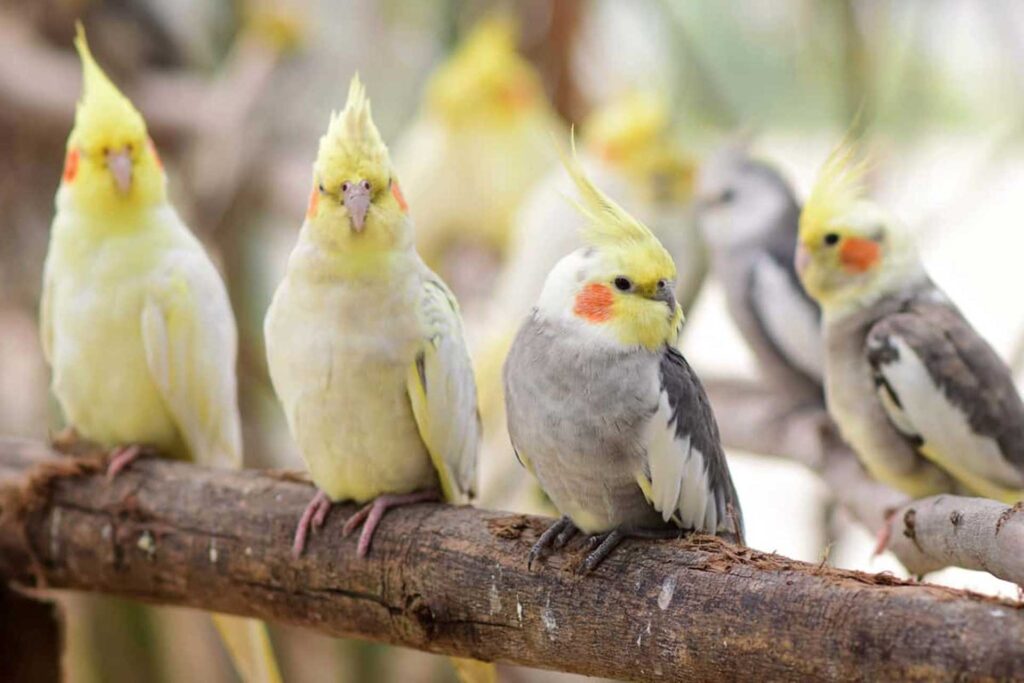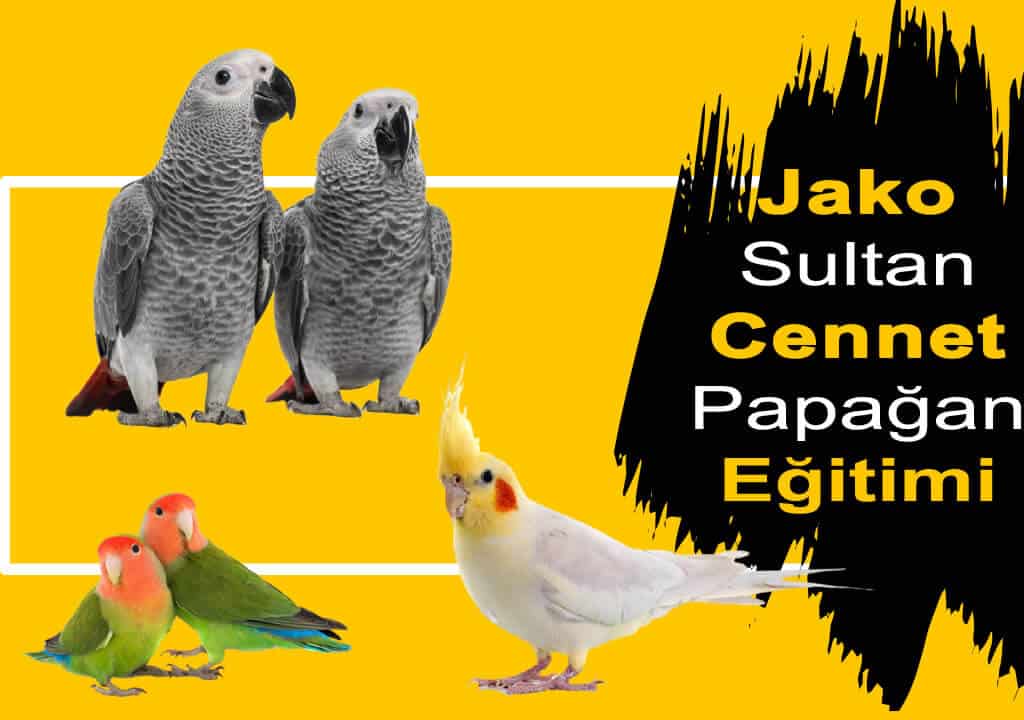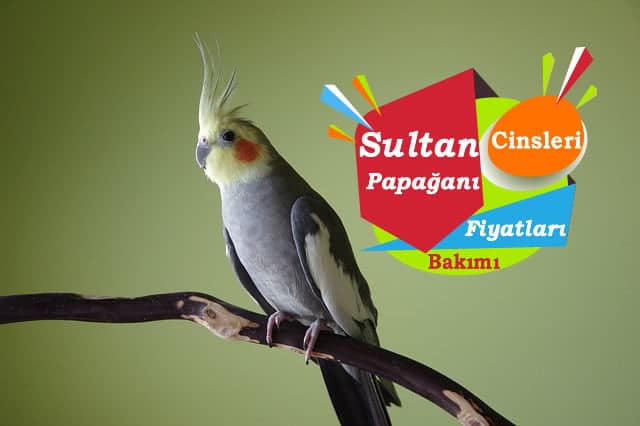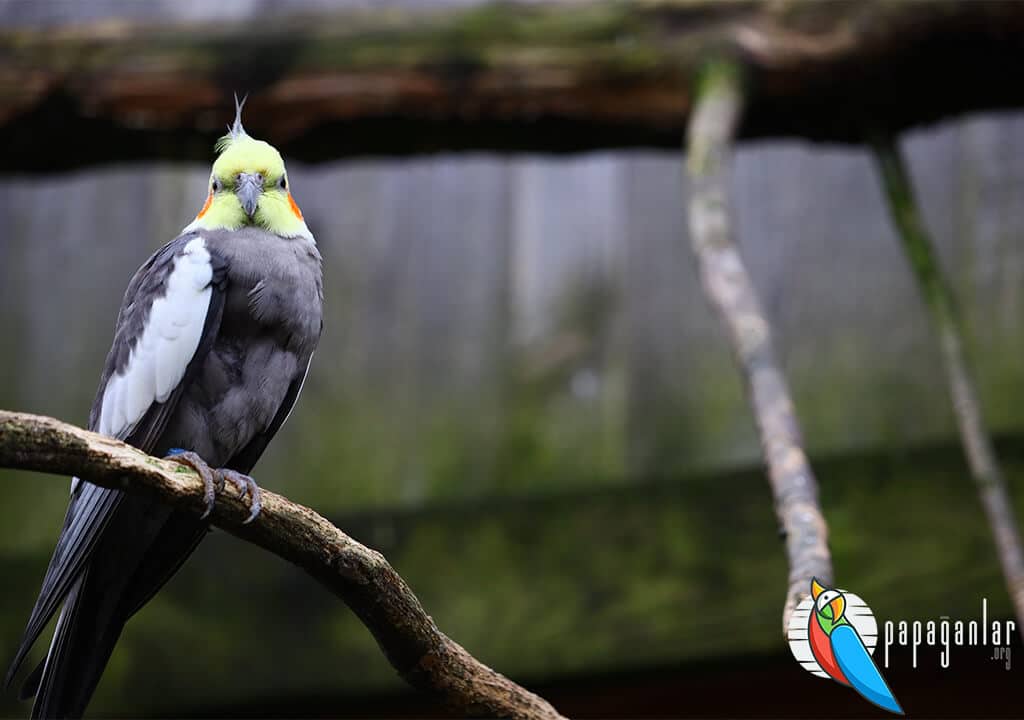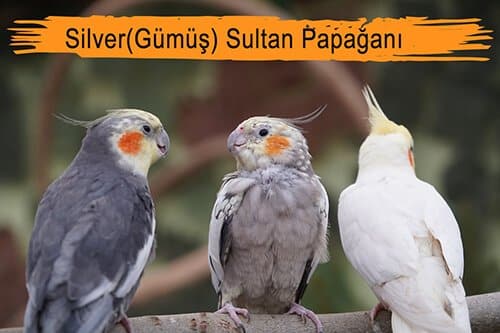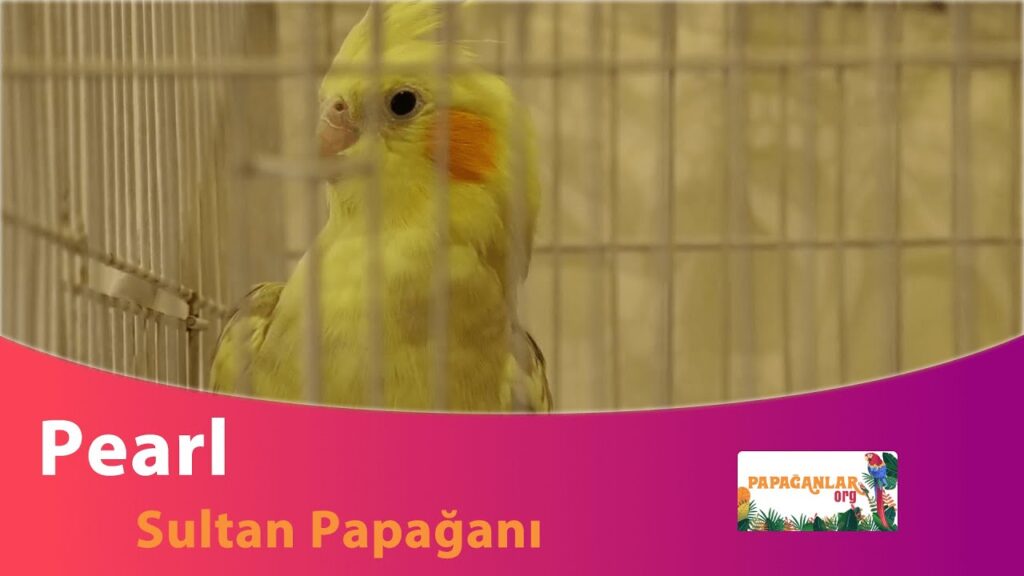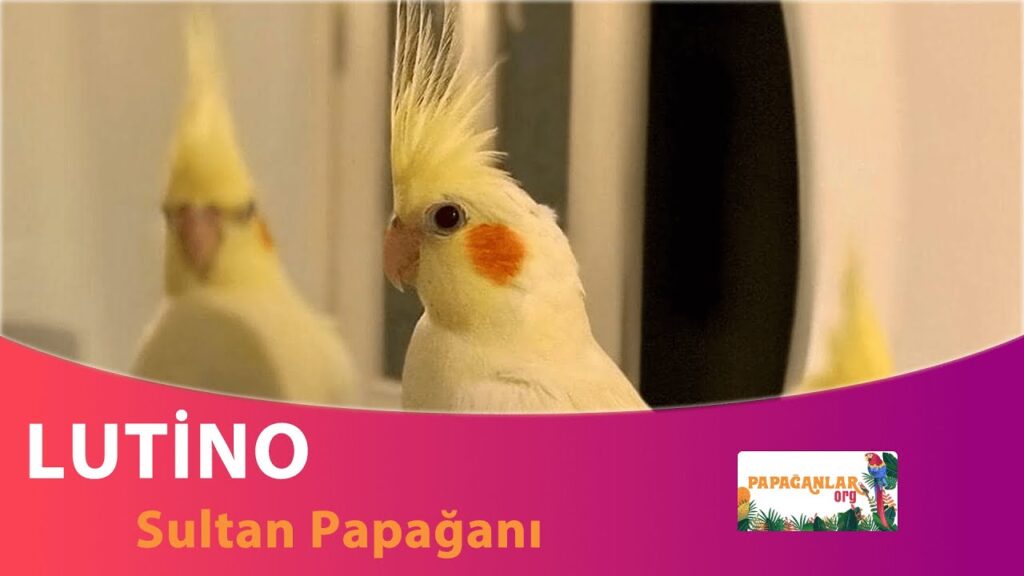Blog
Pearl Cockatiel
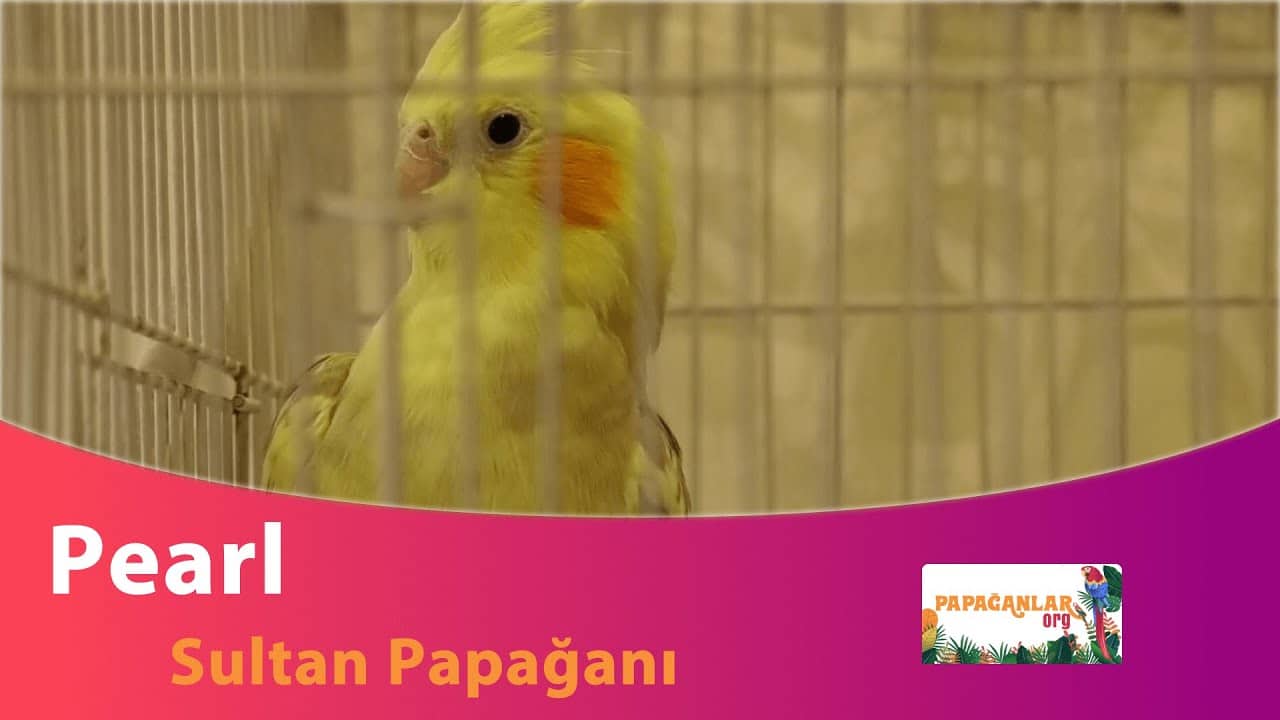
The color of the feathers of the Pearl Cockatiel, which has 2 colors in one feather, towards the roots of its feathers, has changed color as it goes to the ends. In this species, there are color changes in their feathers according to the mutations of their parents. At the same time, there are orange spots on the pearl cockatiels.

Pearl Cockatiel Features
The mutation that feeds the cockatiels and has intrigued many, but also confuses them even more, is most likely the Pearl mutation. These birds, which have a unique appearance, carry more than one color in each feather. These colorful feathers begin to disappear with the first moult in male pearl parrots, and this is the most important detail for gender discrimination. In addition, it helps in gender discrimination in other species where the gene of pearl cockatiel is found, such as wf pearl and pearl pied species.
Pearl Cockatiel Prices
We would like to give you clear information on this subject, but the price may vary depending on the seller, the gender and age of the parrot. Asking the people who have sold it before or the pet shops will cause you to get healthier results.
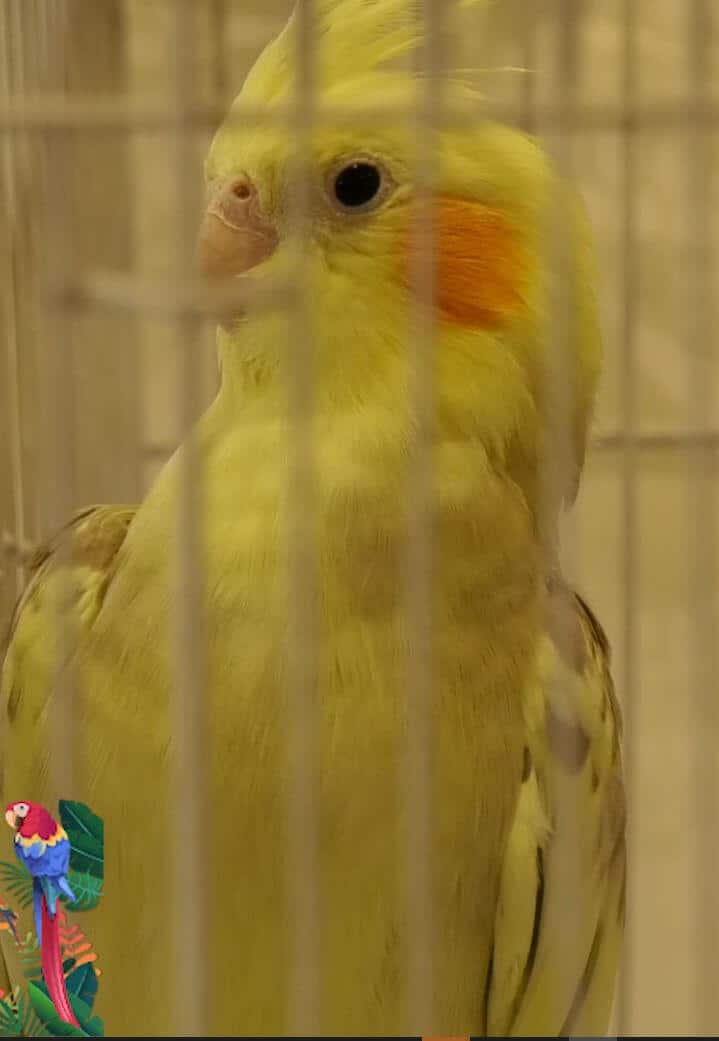
Pearl Cockatiel Male-Female Distinction
It is possible to understand whether the cockatiel is male or female from the call sounds. Male parrots try to persuade female parrots to mate by making sounds in harmony with high or low volumes in different ways. At other times, the male parrots continue to sing to impress the females by making sounds in lines.
In addition to discomforts such as feather plucking in these species, which are fed alone, this may be the reason why they squeal nervously at high volume. For the birds in the flock, such singing among each other is an event that can be encountered in their daily lives as well. Females of this species are more naive, calm and quiet than male cockatiels. They are not too loud and noisy, except for occasional low-volume crowing.
It is usually more possible to distinguish their sex by their color rather than determining them as male-female. In addition, in such cases, it can be more easily understood in pure-blood cockatiels rather than genetically non-hybrid birds.
Frequently Asked Questions About Cockatiel Parrots
Related Posts
Cockatiel Parrot Prices 2023
-
Posted by
cicikus
- 0 comments
How to do Cockatiel & Lovebird and African Grey Parrot Training?
-
Posted by
Afacan
- 0 comments
Parrot Prices cockatiel
-
Posted by
Afacan
- 0 comments
Cockatiel Parrot Prices
-
Posted by
Macaw Ara
- 0 comments
Cockatiel Price
-
Posted by
cicikus
- 0 comments
Silver Cockatiel
-
Posted by
cicikus
- 0 comments
Pied Cockatiel
-
Posted by
cicikus
- 0 comments
Cute Pearl Cockatiel
-
Posted by
Afacan
- 0 comments
gray cockatiel
-
Posted by
cicikus
- 0 comments
Cute Lutino Cockatiel
-
Posted by
cicikus
- 0 comments
Lutino Cockatiel
-
Posted by
cicikus
- 0 comments
Cinnamon Cockatiel
-
Posted by
cicikus
- 0 comments




